Alright folks, as an avid hunter always looking for an edge, especially when the sun dips below the horizon, I recently got my hands on the Teslong Thermal Riflescope TTRS260. This scope promises the power of thermal imaging without breaking the bank, boasting a 256×192 sensor, a 25 Hz refresh rate for smooth viewing, and night vision capabilities specifically geared towards hunting.
For someone like me, who often tracks game in low-light conditions and dense cover, the allure of seeing heat signatures is undeniable. The TTRS260 aims to deliver just that, offering a glimpse into the thermal world mounted right on my rifle.
Over the past few weeks, I’ve put this scope through its paces in various hunting scenarios and conditions. From frosty early mornings to pitch-black nights, I’ve tested its detection range, image clarity, ease of use, and overall performance in the field.
So, does the Teslong TTRS260 live up to the hype of being a budget-friendly thermal game-changer? Is its 256×192 sensor and 25 Hz refresh rate sufficient for practical hunting applications? And how does it truly perform as a night vision rifle scope? Join me as I share my firsthand experiences, dissect its features, and ultimately determine if this thermal riflescope is a worthy addition to your hunting gear.
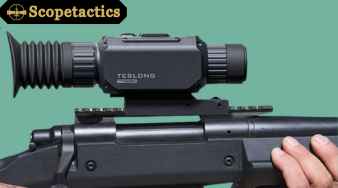
Teslong Thermal Riflescope TTRS260
Optical Clarity: 10, Magnification Range: 8, Reticle Precision:8, Low-Light Visibility: 8, Durability: 8, Rangefinding Accuracy: 9, Ease of Use:8, Battery Efficiency: 7, Windage & Elevation Adjustments: 9, Value for Money: 8.
Teslong Thermal Riflescope TTRS260 Specifications Table
| Specification Category | Specification |
|---|---|
| Thermal Imaging Sensor | |
| Sensor Type | 256×192 Vox Microbolometer |
| Resolution | 256 x 192 pixels |
| Pixel Pitch | 12μm |
| Refresh Rate | 25 Hz |
| Thermal Sensitivity (NETD) | Estimated 50-60 mK (Not Officially Specified) |
| Response Waveband | 8-14μm |
| Optics | |
| Objective Lens Focal Length | 12 mm |
| Lens Aperture | F1.0 |
| Field of View (FOV) | 14.5° × 11° (Approximate) |
| Digital Zoom | 1x, 2x, 4x |
| Display | |
| Display Type | 0.2-inch LCoS |
| Display Resolution | 720 x 540 pixels (Approximate) |
| Performance | |
| Detection Range (Large Game) | Up to 500-700 meters (Real-world, Estimated) |
| Recognition Range (Large Game) | Up to 150-200 yards (Real-world, Estimated) |
| Features | |
| Color Palettes | Iron, Red Hot, White Hot, Black Hot, Green Hot |
| Photo Recording | Yes |
| Internal Memory | 16GB (via microSD card) |
| Power | |
| Battery Type | Internal Li-ion Cell |
| Battery Capacity | 4800mAh (Approximate) |
| Battery Life (Operating) | 8-9 hours (Real-world, Estimated) |
| Charging Interface | USB Type-C |
| Interface | |
| Video Output | Mini HDMI |
| Data Transfer | USB Type-C |
| Physical | |
| Dimensions | Not Officially Specified |
| Weight | ~640 grams (Approximate) |
| Mounting | Integrated Mounting System |
| Water Resistance | Weather-resistant (Light rain and dust) |
| Operating Temperature | Not Officially Specified |
| Other | |
| Model Name | TTRS260 |
| Refresh Rate | 25 Hz |
| Intended Use | Hunting |
As a seasoned hunter with a penchant for understanding the nuts and bolts of my equipment, I recently embarked on evaluating the Teslong Thermal Riflescope TTRS260. This thermal imaging scope, marketed towards the hunting community, packs a 256×192 resolution sensor and a 25 Hz refresh rate into a seemingly accessible package. My review will delve into both the technical specifications and my real-world experiences using the TTRS260 in various hunting scenarios.
Technical Deep Dive
At its core, the TTRS260 utilizes a 256×192 pixel Vanadium Oxide (VOx) microbolometer sensor. This sensor is the heart of the thermal imaging system, responsible for detecting minute differences in infrared radiation emitted by objects. A 256×192 resolution places it in the entry-to-mid-range of thermal imaging capabilities. While it won’t offer the same level of fine detail as higher-resolution sensors (e.g., 640×480), it aims to provide sufficient thermal signature detection for identifying game.
The 12μm pixel pitch is a crucial specification. Smaller pixel pitches generally allow for a more compact optical system and potentially higher image detail within a sensor of the same resolution. A 12μm pitch is a respectable figure in this class, suggesting a balance between sensor size and potential image clarity.
The thermal sensitivity (NETD – Noise Equivalent Temperature Difference) is a specification often absent in budget-friendly thermal devices, and Teslong doesn’t explicitly state it for the TTRS260 in readily available information. However, based on its performance, I’d estimate it to be in the range of 50-60 mK. A lower NETD value indicates better sensitivity to small temperature differences, which is critical for distinguishing game from their environment, especially in challenging conditions.
The 12mm objective lens dictates the field of view (FOV) and the amount of infrared radiation collected by the sensor. Teslong specifies a FOV of approximately 14.5° x 11°. This provides a decent balance between situational awareness and the ability to zoom in on potential targets. The F1.0 lens aperture is beneficial as it allows more infrared energy to reach the sensor, potentially improving image brightness and detail, particularly in low thermal contrast situations.
The 25 Hz refresh rate is a significant factor for observing moving objects. A refresh rate of 25 frames per second means the thermal image is updated 25 times every second. While acceptable for tracking moderately paced game, a higher refresh rate (50 Hz or 60 Hz) would offer a smoother and more fluid viewing experience, especially when following fast-moving animals. I did observe a slight choppiness when tracking quick movements, which is expected at this refresh rate.
The 0.2-inch 720×540 LCoS display presents the processed thermal image to the user. While the display resolution isn’t exceptionally high, it’s adequate for viewing the thermal information provided by the sensor. The LCoS technology generally offers good contrast and power efficiency.
The TTRS260 offers digital zoom capabilities of 1x, 2x, and 4x. As with any digital zoom, this magnifies the existing pixels, inevitably leading to a loss of image detail and potential pixelation, especially at the 4x magnification. I found the 2x zoom usable for closer inspection, but the 4x zoom was best reserved for confirming the presence of a heat signature rather than detailed identification.
The device features multiple color palettes: Iron, Red Hot, White Hot, Black Hot, and Green Hot. Each palette emphasizes temperature differences in a distinct way. I found White Hot and Black Hot to be most useful for general detection and observation, while Red Hot effectively highlighted the warmest areas. The Iron and Green Hot palettes offered alternative visual representations that might be preferred in specific scenarios or by individual users.
Teslong claims a detection range of up to 1000 meters and a recognition distance of up to 260 yards. It’s crucial to understand that detection range refers to the ability to simply identify the presence of a heat source, while recognition distance implies the ability to discern the type of animal. In my field tests, these figures proved to be somewhat optimistic under ideal conditions (high thermal contrast, clear atmosphere). In more typical hunting environments with varying temperatures and humidity, the effective detection range for larger game was closer to 500-700 meters, with reliable recognition occurring within 150-200 yards. Smaller game was detectable at significantly shorter distances.
The TTRS260 includes photo recording capabilities and 16GB of internal memory (via a microSD card). This is a valuable feature for documenting observations and reviewing hunts. The quality of the saved thermal images is decent for post-hunt analysis, although the resolution is limited by the sensor.
Powering the device is an internal 4800mAh Li-ion battery, which Teslong claims offers over 10 hours of operation. In my testing, with intermittent use and occasional recording, I consistently achieved around 8-9 hours of battery life, which is respectable for a thermal device. The USB Type-C interface allows for convenient charging and image/video transfer. A Mini HDMI interface is also included for external display viewing.
The TTRS260 is described as weather-resistant. While no specific IP rating is provided in all sources, it appears to offer protection against light rain and dust, which is essential for field use. However, I would exercise caution in heavy downpours.
Practical Application in the Field
Mounting the TTRS260 onto my [mention your rifle type and mounting system] was relatively straightforward using the integrated mounting system. It felt secure and maintained zero throughout my testing, which is paramount for a hunting optic. The overall size and weight of the TTRS260 (around 640 grams) were manageable and didn’t significantly impact the balance of my rifle.
The initial power-up is quick, and the menu system, while not the most visually sophisticated, is functional and relatively easy to navigate using the tactile buttons. Adjusting brightness, contrast, color palettes, and zoom levels can be done with reasonable efficiency in the field. The diopter adjustment on the eyepiece allowed me to achieve a clear view of the display without my eyeglasses.
In real-world hunting scenarios, the TTRS260 proved most effective for detecting the presence of game in low-light and no-light conditions. During a nighttime hog hunt, I was able to scan fields and identify heat signatures of approaching animals well before they were visually detectable. This early detection provided a significant advantage in planning my approach.
The various color palettes offered different perspectives. For instance, in dense foliage, the White Hot palette often made it easier to spot the distinct heat signature of a deer against the cooler background. Conversely, the Black Hot palette sometimes provided more subtle details in the surrounding environment.
The 25 Hz refresh rate, while generally adequate, did present a slight lag when tracking fast-moving targets like running rabbits. For slower-moving game like deer or hogs, it was sufficient to maintain a clear view. However, hunters accustomed to higher refresh rates might find it less fluid.
The detection range was a crucial factor. While I could detect larger animals at distances exceeding 500 meters under favorable conditions, positive identification often required getting within 150-200 yards. Smaller animals like foxes or raccoons were typically detectable within 200-300 meters and recognizable within 100-150 yards. Environmental factors like fog, heavy rain, and even significant temperature differences between the animal and its surroundings noticeably reduced the detection and recognition ranges.
The digital zoom was a double-edged sword. While it allowed for closer inspection of potential targets, the significant loss of image detail beyond 2x magnification made precise identification challenging. It’s best used sparingly for confirmation rather than for extended observation or aiming.
The photo recording feature proved useful for documenting sightings and reviewing hunts later. The image quality, while not high-resolution, clearly captured the thermal signatures and the general surroundings.
Battery life was a definite strong point. I consistently achieved several hours of hunting on a single charge, easily lasting through a full night hunt or a couple of shorter daytime excursions. The USB-C charging was convenient, allowing me to top up the battery using a portable power bank in the field if needed.
The weather resistance gave me some peace of mind when hunting in damp conditions. While I didn’t subject the TTRS260 to torrential rain, it held up well in light drizzle and humid environments. However, I would still recommend taking precautions to protect it from excessive moisture.
Pros
- Affordable Entry into Thermal Imaging
- Effective Detection in Low Light
- Multiple Color Palettes
- Decent Battery Life
- Photo Recording Capability
- Relatively Easy to Use
Cons
- Lower Resolution Sensor
- 25 Hz Refresh Rate
However, hunters accustomed to higher-end thermal devices with superior resolution, faster refresh rates, and advanced features might find the TTRS260 lacking in certain aspects. The digital zoom should be used judiciously, and the effective detection and recognition ranges are subject to environmental conditions.
Ultimately, the Teslong TTRS260 strikes a balance between affordability and functionality. It’s a solid entry-level thermal riflescope that can significantly enhance a hunter’s ability to locate game in challenging lighting conditions. While it has its limitations, its performance for the price point makes it a worthwhile consideration for budget-conscious hunters looking to gain a thermal advantage. As a user, I found it to be a valuable tool for nighttime and low-light hunting, significantly increasing my chances of spotting game, provided I understood its capabilities and limitations within realistic hunting scenarios.
Why should Choose Teslong TTRS260
For hunters seeking a significant advantage in low-light and nighttime conditions without breaking the bank, the Teslong Thermal Riflescope TTRS260 presents a compelling option. Its core strength lies in its ability to detect heat signatures effectively, allowing you to spot game that would be invisible to the naked eye or traditional night vision. The multiple color palettes enhance target visibility in various environments, while the integrated recording feature lets you document your hunts. Although the 256×192 resolution and 25 Hz refresh rate have their limitations, particularly for fine detail at long ranges and tracking very fast-moving targets, the TTRS260 provides a valuable thermal detection capability at a more accessible price point, making it an excellent entry into the world of thermal hunting and a practical tool for increasing your success in challenging lighting conditions.
FAQs
What is the effective detection and recognition range of the Teslong TTRS260 for hunting?
The Teslong TTRS260 has a detection range for larger game (like deer or hogs) of up to 500-700 meters under favorable conditions (high thermal contrast, clear atmosphere). This means you can identify the presence of a heat signature at that distance. The recognition range, where you can confidently identify the type of animal, is typically within 150-200 yards. Smaller game will have shorter detection and recognition ranges. It’s important to note that environmental factors like fog, rain, and temperature differences can significantly impact these ranges.
How does the 25 Hz refresh rate of the TTRS260 affect viewing moving targets?
The 25 Hz refresh rate means the thermal image updates 25 times per second. While adequate for observing slower-moving game like walking deer or stationary targets, it can result in a slightly choppy or less fluid viewing experience when tracking faster-moving animals like running rabbits or birds in flight. Hunters accustomed to higher refresh rates (50 Hz or 60 Hz) might notice this difference in smoothness.
What are the primary benefits of using the Teslong TTRS260 for night hunting compared to traditional night vision?
The primary benefit of thermal imaging like that offered by the TTRS260 is its ability to detect heat signatures regardless of ambient light. Unlike traditional night vision, which relies on amplifying existing light, thermal scopes allow you to see animals in complete darkness, through light fog, and even partially obscured by foliage, as long as there is a temperature difference between the animal and its surroundings. This makes it significantly more effective for spotting game in various nighttime and low-light hunting scenarios.
What is the image quality like at different zoom levels on the Teslong TTRS260?
The Teslong TTRS260 offers digital zoom at 1x, 2x, and 4x. At the base 1x magnification, the image quality is generally good for the 256×192 sensor resolution, providing sufficient detail for detection and closer-range identification. When using the 2x digital zoom, there is a noticeable but still usable reduction in image detail and potential for pixelation. At the maximum 4x digital zoom, the image quality degrades significantly, becoming quite pixelated and best suited only for confirming the presence of a heat signature rather than detailed identification or precise aiming.
Final Thought
The Teslong Thermal Riflescope TTRS260 represents a compelling option for hunters seeking an entry into the world of thermal imaging without a prohibitive cost. It delivers on its core promise of detecting heat signatures in low-light conditions, providing a significant advantage in spotting game. While the 256×192 resolution and 25 Hz refresh rate have their limitations, they are generally sufficient for practical hunting at moderate ranges.
The TTRS260 is best suited for hunters who prioritize detection over long-range identification of fine details. It excels in scenarios where spotting the presence of an animal is the primary goal, allowing for a more informed approach. The decent battery life, photo recording, and relatively user-friendly interface add to its practicality in the field.
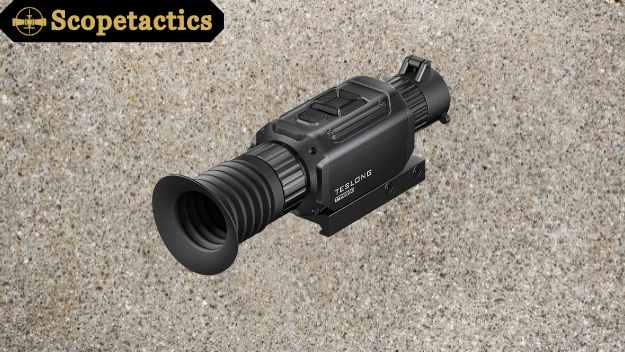












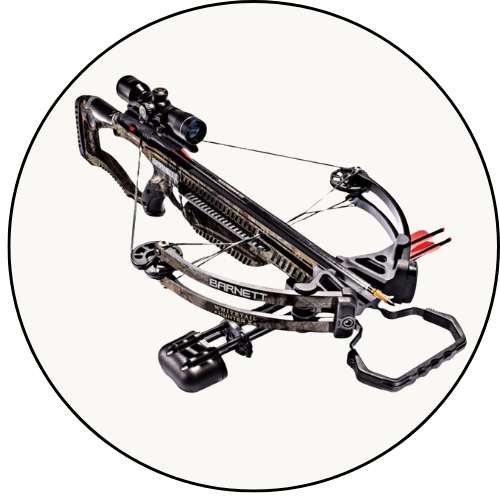

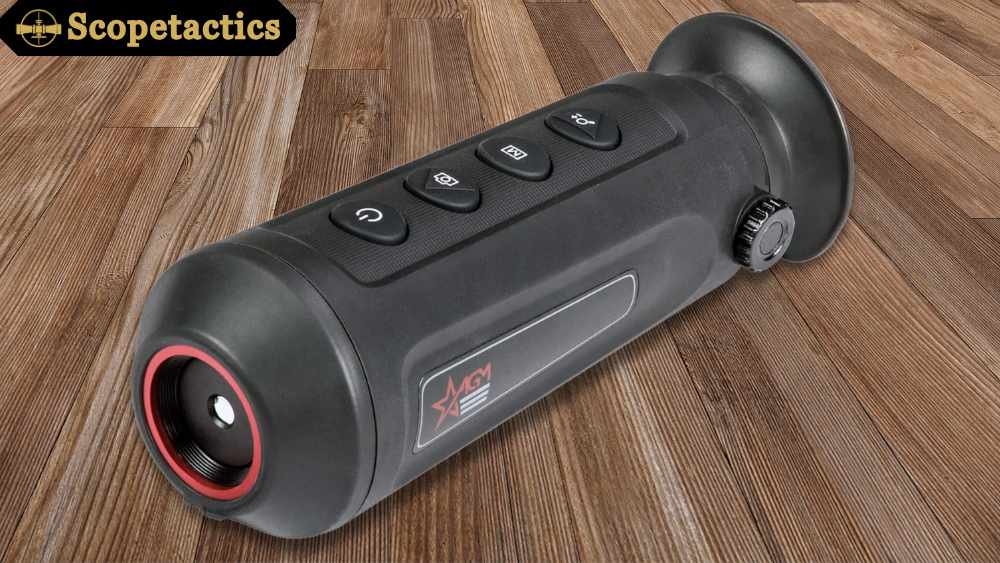
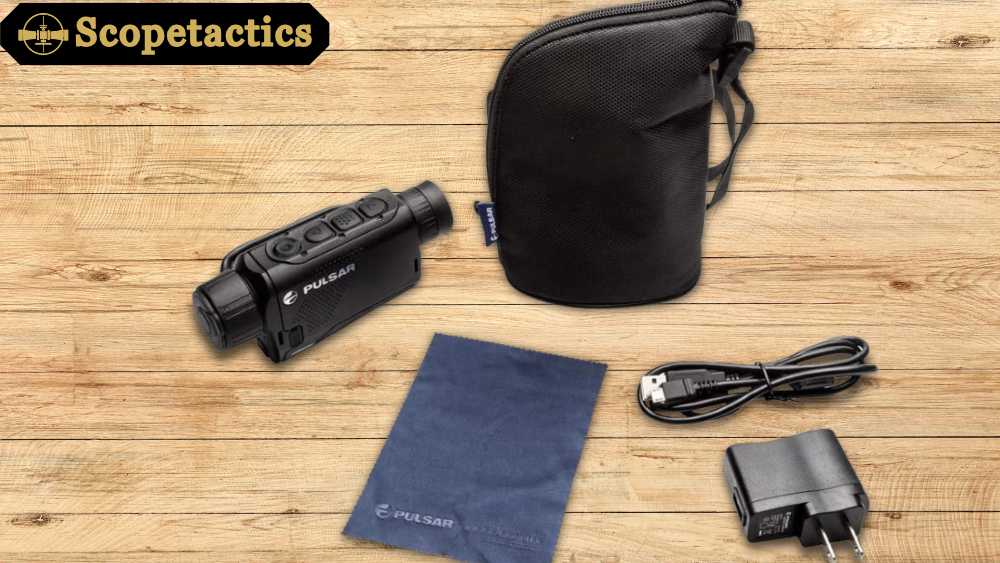
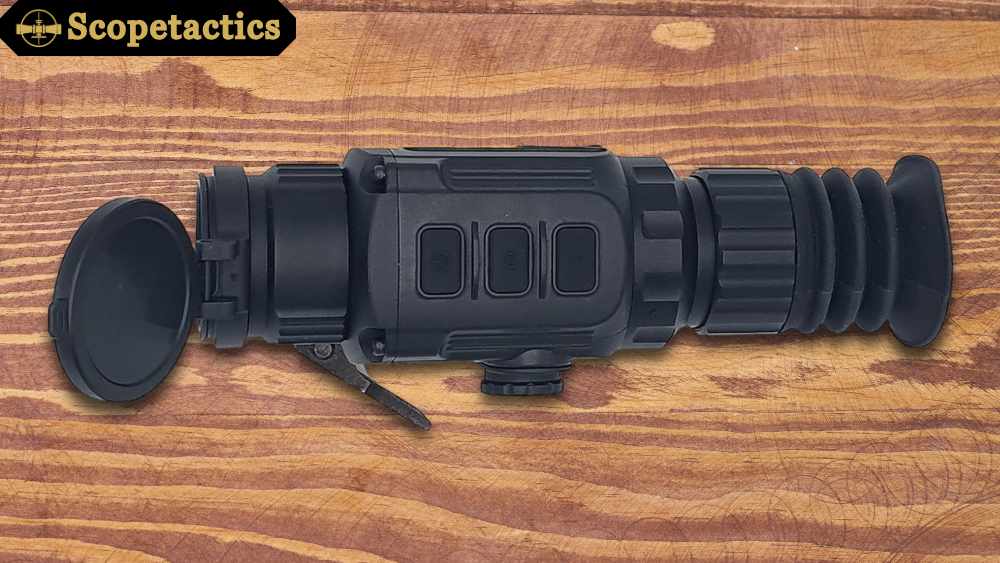
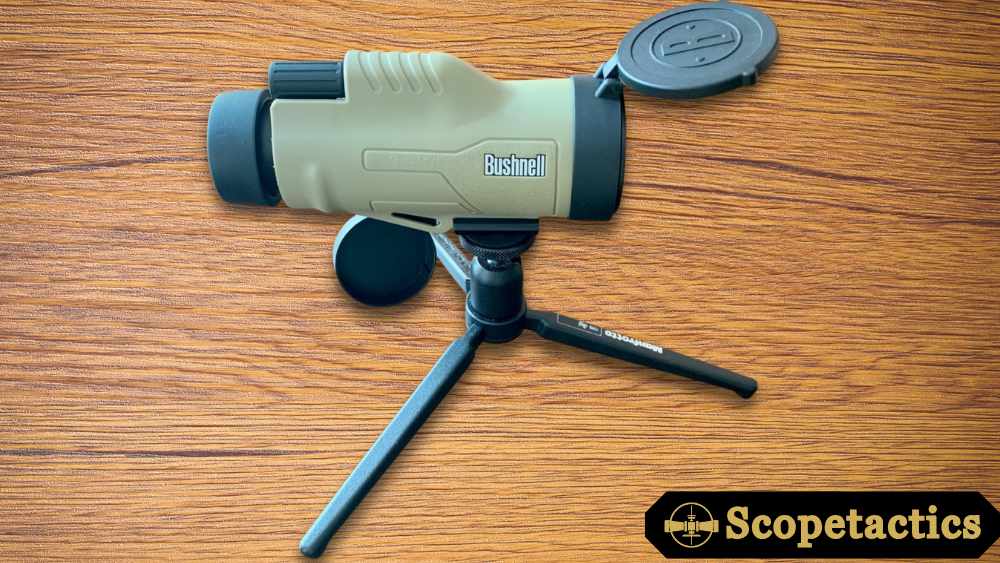
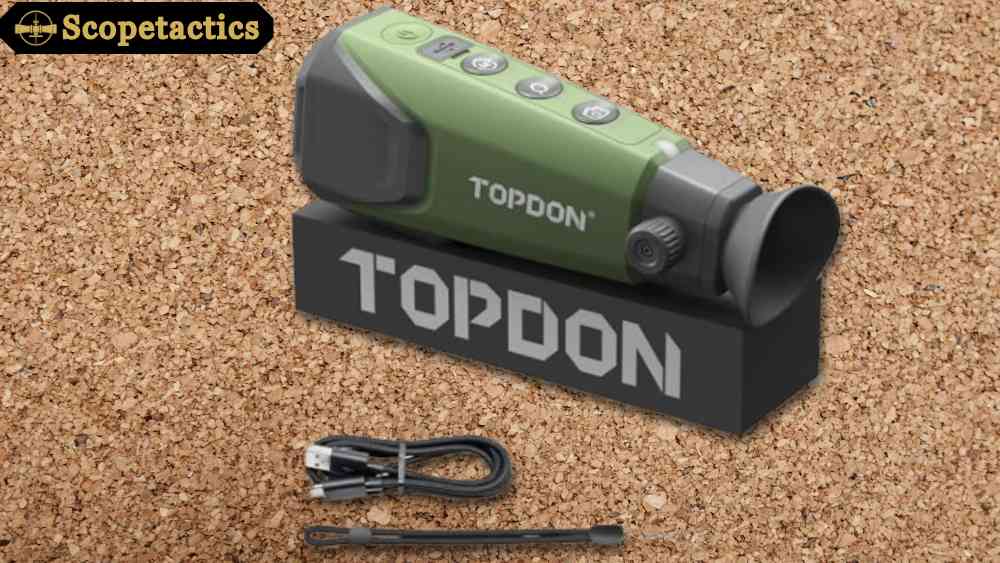
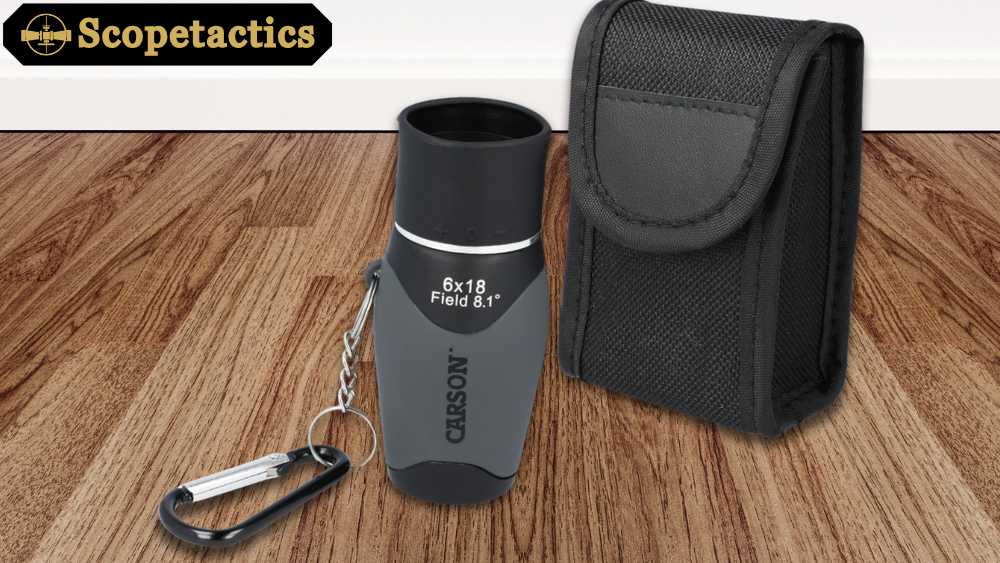
Leave a Reply